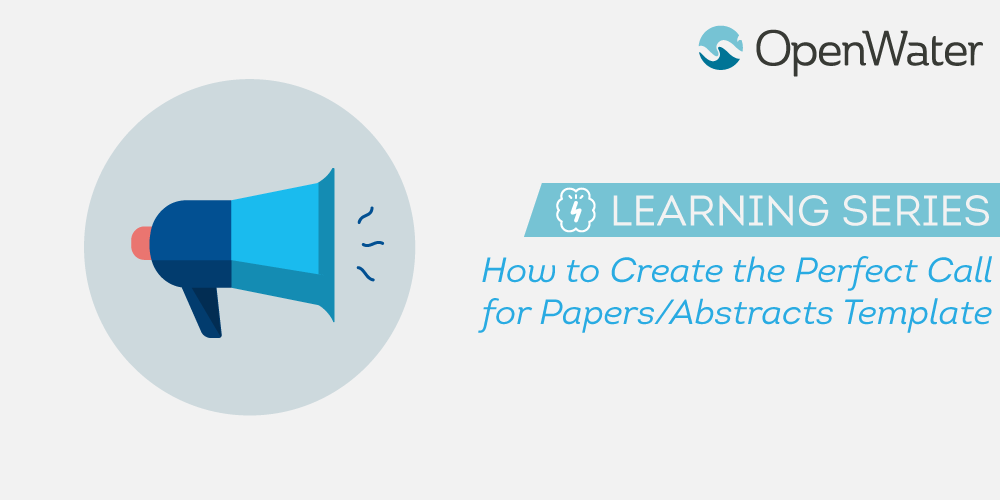
How to Create the Perfect Call for Papers/Abstracts Template
You’re planning your abstracts conference. You know you need to maximize submissions, but you aren’t sure how. You know it all begins with the call for papers or call for abstracts process. After all, this is when you announce your conference and when those who are interested will begin to enter.
At least, that’s how it’s supposed to go.
Unfortunately, you won’t generate much of a buzz if you don’t create a compelling call for papers. Luckily, it isn’t too difficult to do so. In this article, we’ll offer tips on what your call for papers should contain for your most successful conference yet.
Clear, Concise Information
First and foremost, your call for abstracts will clarify the important details about your conference. This includes basic information such as:
- The name of the conference
- The conference date and location
- A link to your event website
- A list of topics to be discussed; and
- Names of judges or committee members
If there are other attractive details, such as a particularly notable speaker, you should clarify that at this point as well.
Submission Guidelines
In addition to basic information, your call for papers should also clarify how individuals are to submit their entries. This makes additional information relevant, including:
- Submission deadlines
- Topics or themes
- Submission formatting
- Word count or other limitations
- Relevant policies or other rules/regulations
Here, it’s important to remember that you don’t need to include every last detail on this page. Instead, you can provide a high-level overview of information and link to your website where those who are interested can find additional information.
Contact Information
What should potential entrants do if they have questions? It’s important you provide multiple forms of contact so that those who want to reach out by email can and those who want to call can.
Remember, the best way to eliminate unnecessary contacts is to include a frequently asked question page on your website and to invest time in your website. After all, a robust website will eliminate many of the questions potential entrants will have.
The Perfect Template Doesn’t Have to be Time Consuming or Difficult
In fact, the perfect call for papers or call for abstracts template is as simple as including:
- Basic information about your conference
- Specific information about submissions; and
- Contact information
Customization is key in call for abstracts success. Make yours your own and you will reap the benefits this has to offer.

